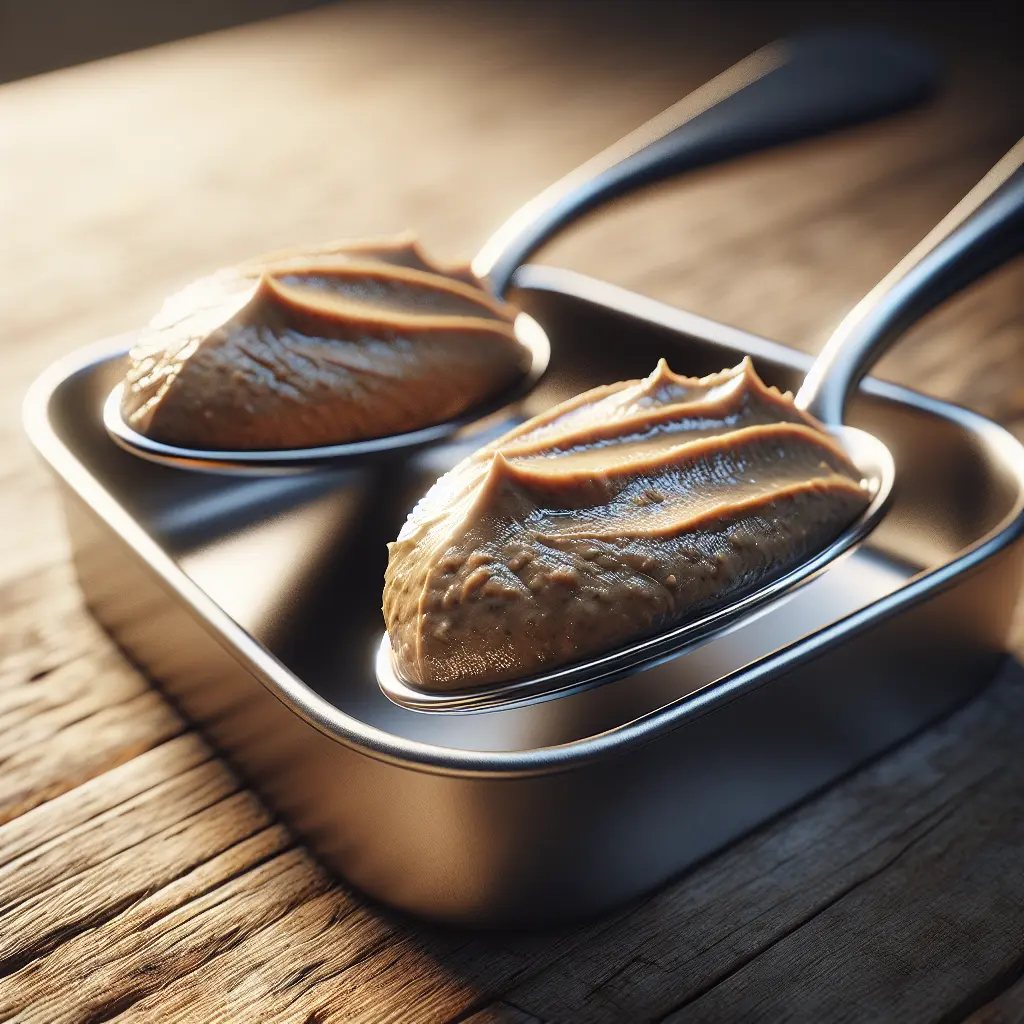The Origins of Pâté
Pâté, a French term meaning 'paste,' traces its roots back to ancient times. Its earliest known iterations can be found in ancient Mesopotamia and Egypt, where meats were preserved in a mixture of spices and fat. Over the centuries, pâté evolved in various regions, with each culture adding its unique touch to this culinary tradition.
Varieties of Pâté
The world of pâté is vast and diverse, offering an array of flavors and textures to tantalize the palate. Some of the most popular varieties include:
- Pâté de foie gras: This luxurious pâté is made from the fatty liver of a duck or goose. It is known for its exceptionally smooth and rich flavor.
- Pâté de campagne: A rustic pâté made from pork, liver, and spices. It is often coarse-grained and has a hearty, earthy flavor.
- Pâté en croûte: A baked pâté encased in a pastry crust. It is typically served warm and can have a variety of fillings, such as meat, poultry, or vegetables.
Culinary Techniques
Creating a delectable pâté requires a combination of culinary skills and an understanding of the delicate balance of flavors. Here are some key techniques involved in the preparation of pâté:
- Grinding: The meats and other ingredients are finely ground to create a smooth and uniform paste.
- Mixing: The ground ingredients are blended with a mixture of spices, herbs, and sometimes alcohol or other liquids to create a flavorful and aromatic mixture.
- Curing: The pâté mixture is often cured in a cool, humid environment for several days to develop its full flavor.
- Encasing: Pâté can be encased in a variety of ways, including molds, terrines, or pastry crusts. This helps to preserve the pâté and give it the desired shape.
Pairing Suggestions
Pâté is a versatile delicacy that can be enjoyed in a variety of ways. It can be served as an appetizer, spread on crackers or bread, or incorporated into other dishes. Here are some classic pairing suggestions:
- Wine: Pâté pairs well with a variety of wines, including red wines such as Cabernet Sauvignon or Pinot Noir, and white wines such as Sauvignon Blanc or Chardonnay.
- Fruit: Fresh or dried fruit, such as grapes, figs, or apricots, can provide a sweet and tangy contrast to the richness of pâté.
- Bread: Crackers, slices of baguette, or other types of bread can be used to spread pâté and enjoy its flavors.
Conclusion
Pâté is a culinary delight that has stood the test of time. Its rich flavors, smooth texture, and versatility have made it a beloved delicacy around the world. Whether enjoyed as an appetizer, spread on bread, or incorporated into other dishes, pâté continues to tantalize taste buds and bring a touch of culinary sophistication to any occasion.
How many calories are in Pate?
Each 2 tbsp of Pate contains 83 calories.
Pate Nutritional Information
| Nutrient | Amount per 2 tbsp (26g) |
|---|---|
| Calories | 83 Calories |
| Protein | 3.7g |
| Fat | 7.3g |
| Saturated Fat | 2.5g |
| Cholesterol | 0.066mg |
| Carbohydrates | 0.4g |
| Dietary Fiber | 0g |
| Sugar | g |
| Sodium | 0.181mg |
| Potassium | 0.0359mg |
| Calcium | 0.018mg |
| Iron | 0.0014mg |
